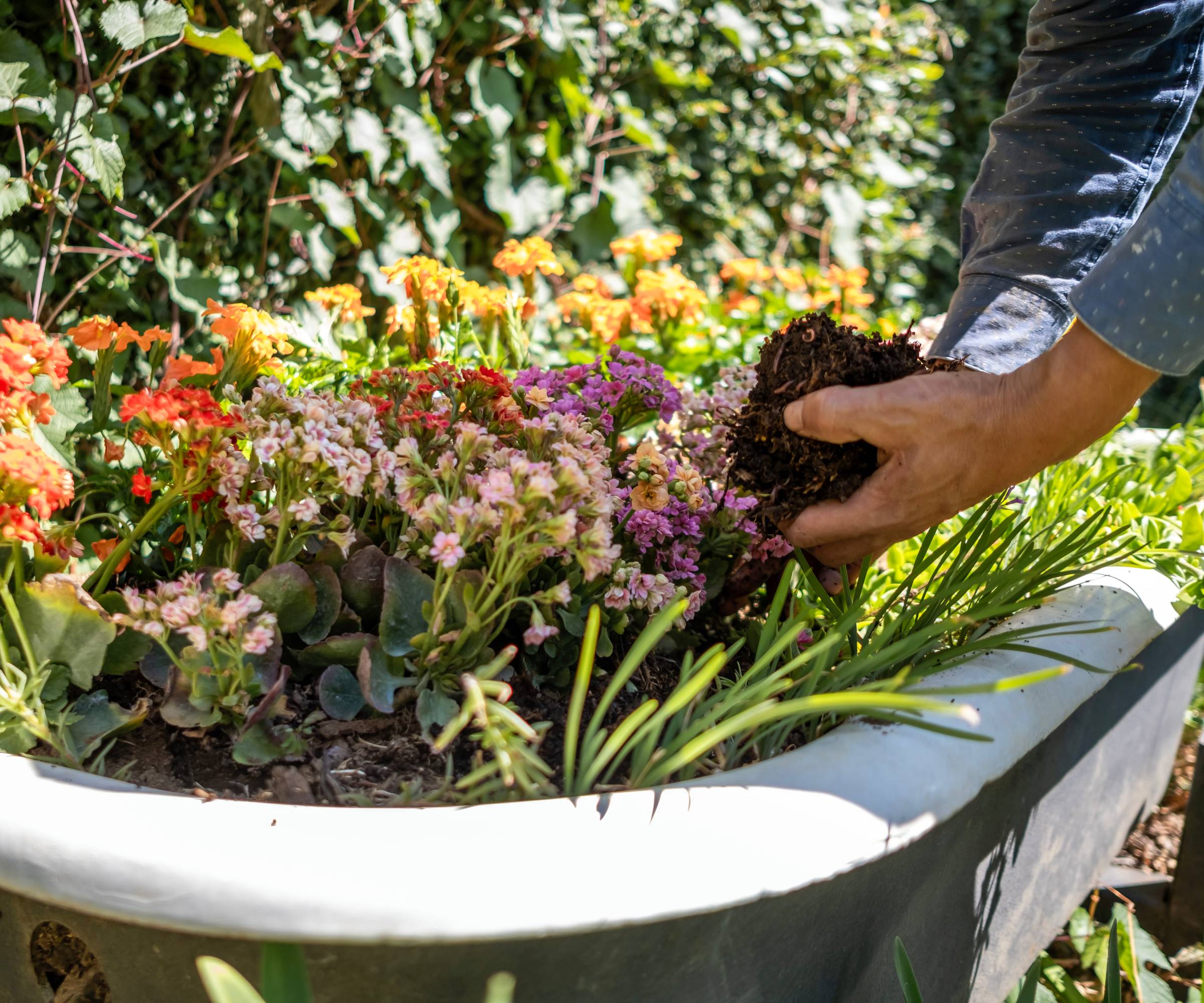Dish Garden Plants: Tips For Designing A Dish Garden
Plants grouped in a shallow, open container can be a lovely source of a thriving little ecosystem.

Dish Garden Cultivation - Designing And Caring For Dish Gardens
Plants in a dish garden are an excellent way to bring nature inside. In any shallow, open container, a thriving and eye-pleasing ecosystem can be created. While many different types of plants can be put in a dish garden, it is imperative that you choose dish garden plants with similar light, water, and soil requirements.
Containers for Plants in a Dish Garden
When designing a dish garden, you need to choose an appropriate container. Select a shallow container that is at least 2 inches (5 cm.) deep. Ceramic containers work exceptionally well for most types of dish gardens.
Once you have selected a container for your garden, it is imperative that you make sure your garden has excellent drainage. One way to ensure this is to select a container with drainage holes or create drainage holes in the bottom of the container.
If it is too difficult to make drainage holes, you can improvise. Place a thin layer of crushed gravel in the bottom of the container and cover it with a piece of nylon hosiery or window screen. The planting media will go on top of the screen.
Designing a Dish Garden
It is always best to design your dish garden before you plant. This includes choosing dish garden plants. Select three or five plants in 2 or 3 inch (5-8 cm.) pots that work well together and before you plant, lay them in the container so that you can get the most creative arrangement. Keep in mind that if all sides of the container will be seen, you will need to put the taller plants in the center. If the garden will only be seen from the front, be sure to put the taller plants at the back.
Choose plants with attractive foliage, texture, and color. Cacti and succulents are popular desert dish garden plants, but be sure not to plant them together, as succulents need far more water than cacti.
For low light gardens snake plant and jade plant are excellent choices, while for medium light gardens grape ivy and pothos work well.
Gardening tips, videos, info and more delivered right to your inbox!
Sign up for the Gardening Know How newsletter today and receive a free copy of our e-book "How to Grow Delicious Tomatoes".
Dwarf African violets are a colorful addition to any container garden.
When you are ready to plant, place a generous amount of lightweight planting media into the container. Using one part peat and one part sand helps with drainage. Add a small amount of Spanish moss or tiny pebbles once you are finished planting. This adds a decorative effect and helps with moisture retention.
Dish Garden Cultivation
Caring for dish gardens is not difficult as long as you provide the right amount of sunlight and water. Be extremely careful not to over water your dish garden. Make sure that your container is draining properly and keep the soil evenly moist.
-
 Looking For Plants To Give You The Soft And Fuzzies? Try These 5 Fuzzy Leaf Plant Options
Looking For Plants To Give You The Soft And Fuzzies? Try These 5 Fuzzy Leaf Plant OptionsLovers of texture, drama, silver foliage and tactile plants will adore these special sensory garden additions. These fuzzy leaf plant options will leave you all aglow
By Susan Albert
-
 Get Ready For A Summer Of Hummers! Grow These Full Sun Hummingbird Plants and Flowers
Get Ready For A Summer Of Hummers! Grow These Full Sun Hummingbird Plants and FlowersIf you’re lucky enough to enjoy a sunny backyard, make sure you are maxing out on your pollinator opportunities and grow these full sun hummingbird plants and flowers
By Tonya Barnett